By using our website, you agree to the use of cookies as described in our Cookie Policy
a
Rss Feed
Guide to Renovating Your Home for Multigenerational Living
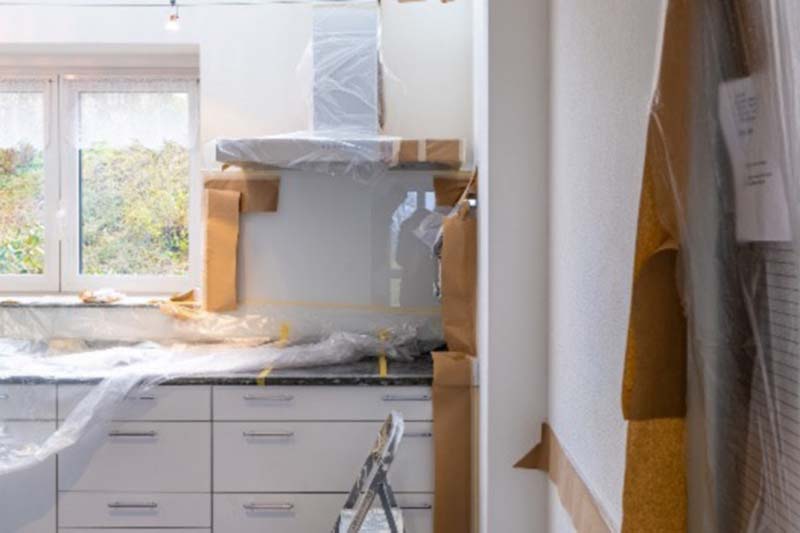 Welcome to the increasingly popular lifestyle trend known as multigenerational living. As families evolve and change, so do living arrangements. It's no longer uncommon for grandparents, parents, and children to share the same living space. In such scenarios, renovating your home for multigenerational living becomes crucial. Why? Because everyone's comfort, privacy, and needs are paramount. This unique living arrangement offers many benefits, like shared caregiving, stronger familial bonds, and financial savings. However, we must modify our homes to meet everyone's needs to reap these rewards. This comprehensive guide will explore what it means to renovate your home for multigenerational living. We aim to give you an insight into the process, the benefits, and the considerations you need to know.
Welcome to the increasingly popular lifestyle trend known as multigenerational living. As families evolve and change, so do living arrangements. It's no longer uncommon for grandparents, parents, and children to share the same living space. In such scenarios, renovating your home for multigenerational living becomes crucial. Why? Because everyone's comfort, privacy, and needs are paramount. This unique living arrangement offers many benefits, like shared caregiving, stronger familial bonds, and financial savings. However, we must modify our homes to meet everyone's needs to reap these rewards. This comprehensive guide will explore what it means to renovate your home for multigenerational living. We aim to give you an insight into the process, the benefits, and the considerations you need to know.
Understanding Multigenerational Living
Multigenerational living is more than merely sharing a roof with your extended family. It involves creating an equally nurturing, safe, and comfortable environment for all – from the youngest child to the oldest grandparent. With this living arrangement, you're fostering an atmosphere where everyone thrives. However, juggling the varying needs of each age group is a challenge. Privacy, accessibility, and shared spaces become crucial aspects to address. Furthermore, embracing this lifestyle and adapting your home to it can transform your daily living. Renovating your home for multigenerational living can simplify this complex task, helping each family member feel valued and comfortable.
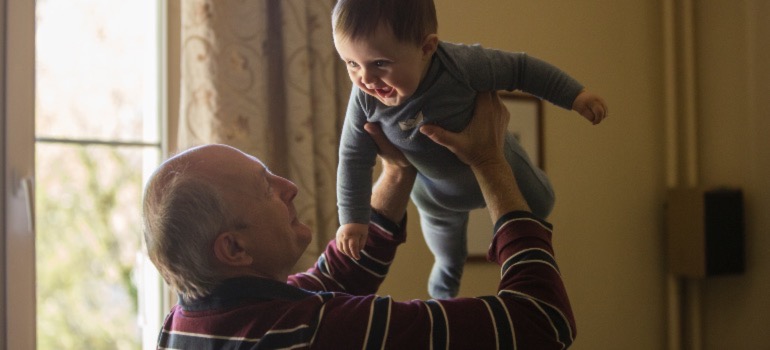 Multigenerational living represents a chance for your family to feel like a true union.
Multigenerational living represents a chance for your family to feel like a true union.
Essential Factors to Consider Before Renovating
Before jumping into the renovation process, meticulous planning is essential to address every family member's needs. First and foremost, take stock of who needs what. Teenagers and adults may yearn for privacy and personal space to unwind. Older adults may require modifications for better accessibility and ease of use, and toddlers need safety provisions to prevent accidents.
Second, think about shared spaces. These communal areas, such as the living room, kitchen, or outdoor patio, need to accommodate different activities and foster a sense of unity. The key lies in balancing individual needs and shared family spaces. It’s a fine line, but with careful consideration, you can design a home that caters to everyone.
Room-by-Room Guide to Renovating Your Home for Multigenerational Living
No doubt, renovating can be emotional. But it's a necessary step. Let’s cover some of the most popular room choices.
Kitchen
When renovating your kitchen for multigenerational living, consider universal design principles. Install adjustable countertops and accessible cabinets for easy reach. Incorporate safety features like anti-scald devices and slip-resistant flooring. An open layout facilitates mobility and fosters an inviting atmosphere for all family members to cook, dine, and bond.
Bathrooms
Bathrooms in a multigenerational home must be safe and accessible for all. Consider installing grab bars, anti-slip mats, and a walk-in shower with a seat. Ground-level bathrooms can accommodate older adults better. Also, consider sufficient storage for everyone's toiletries to maintain a functional, clutter-free space.
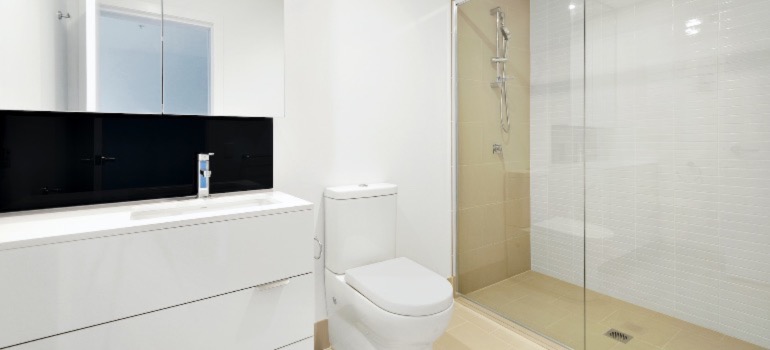 Try to find a good balance between aesthetics and practicality when renovating the bathroom.
Try to find a good balance between aesthetics and practicality when renovating the bathroom.
Bedrooms
When renovating bedrooms for multigenerational living, privacy and comfort are crucial. Consider soundproofing walls and using curtains or room dividers for shared rooms. Ensure each bedroom is adaptable and functional for different age groups, with accessible storage, sufficient lighting, and personalized space for individual needs and activities.
Living room
For the living room, focus on creating an inclusive, cozy space. Opt for flexible seating arrangements to accommodate everyone comfortably. An open layout enhances mobility, especially for seniors or those with mobility issues. Incorporate ample storage for shared items, and make the space inviting for communal activities and family bonding.
Incorporating Unconventional Spaces Into The Design
Have you thought about the unconventional spaces that you could transform? For instance, an age-inclusive outdoor space, like a garden, can serve dual purposes. It can be a tranquil place for grandparents to relax and a fun playground for the kids. Similarly, dedicating a room for shared hobbies can foster familial bonds while respecting individual interests. You might even consider converting a basement into a game room or a home theater. With creativity, you can turn a corner of the house into a reading nook or a small home office. You can use every bit of space smartly.
The Moving Aspect
Renovating for multigenerational living often requires a paradigm shift in how we perceive our homes. Sometimes, it even necessitates moving to a new place that offers more space or a better layout to accommodate everyone. That can be a daunting prospect, given the sheer amount of packing, transportation, and unpacking involved. That is where professional movers come into the picture. Experts can assist you and ease the burden, ensuring a smoother transition into your new abode. With their help, your possessions are carefully packed, transported, and arranged in your new home. As they take care of these logistics, you can focus more on planning and designing your new home to be the perfect multigenerational living space, making a move an exciting new chapter rather than a stressful event.
Think of It as an Investment
It's important to be upfront about the financial aspect of renovating your home. Indeed, it involves a significant initial outlay. However, consider it a long-term investment rather than an expense. By adding these modifications, you're making your home more comfortable and functional for your family and adding to its overall value. If you decide to sell in the future, these renovations can fetch you a better price.
Furthermore, some jurisdictions offer grants or incentives for such modifications, especially those enhancing accessibility for seniors or individuals with disabilities. So, it's worth investigating these avenues to offset some of your costs. Remember, the financial returns and the emotional satisfaction of a harmonious living space can make it all worthwhile.
 Make sure to properly calculate everything that'll go into renovating your home for multigenerational living ahead of time.
Make sure to properly calculate everything that'll go into renovating your home for multigenerational living ahead of time.
Saving on Recycled Materials
It's an excellent opportunity to think green when embarking on your home renovation journey. Consider incorporating recycled materials in your remodel. These can add a touch of uniqueness and character to your home while also being a cost-effective choice. For example, you can give reclaimed wood a new life as beautiful furniture pieces, adding rustic charm to your interiors. At the same time, you can repurpose recycled metal into fixtures. And don’t forget about repurposed glass which you can use to create mosaic tiles for a stunning backsplash. Not only do these choices save money, but they also reduce your carbon footprint and promote sustainability.
Conclusion
As you can see, renovating your home for multigenerational living is an involved process. Remember, it's more than construction work. It's about creating a nurturing space. And with the right planning, a little creativity, and some professional help, you can make it happen.
‹ Back

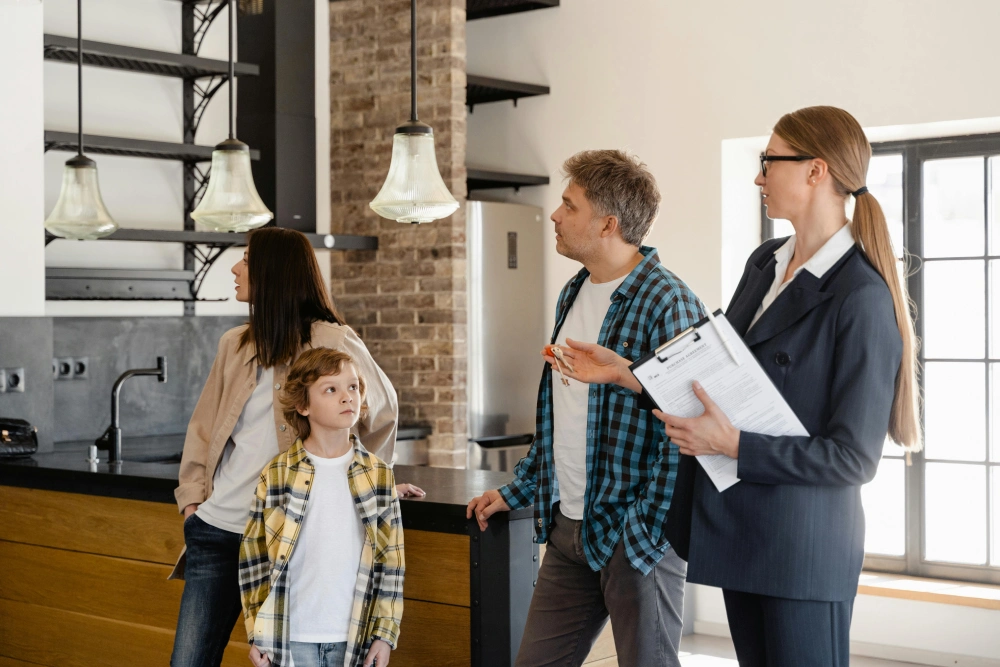
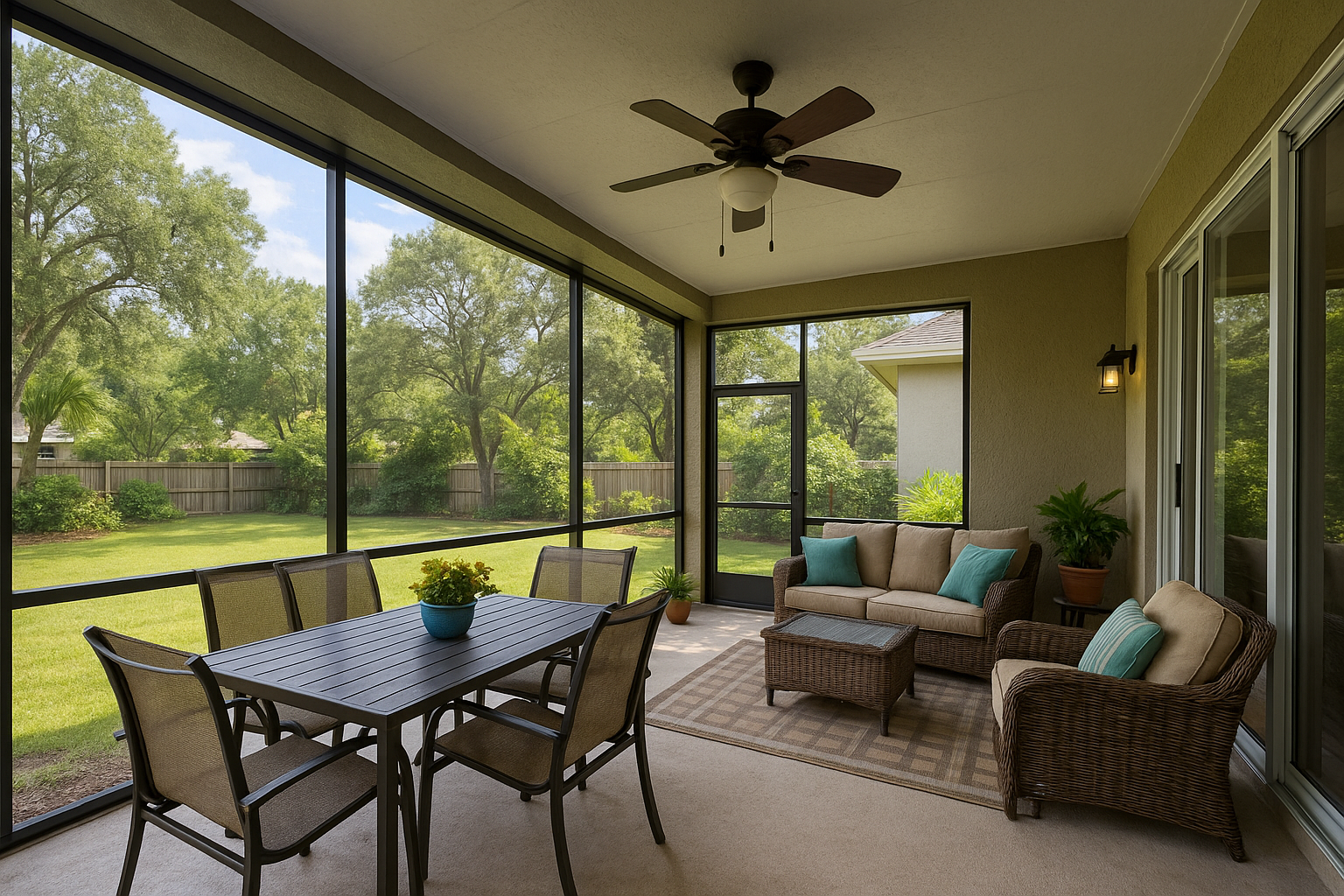
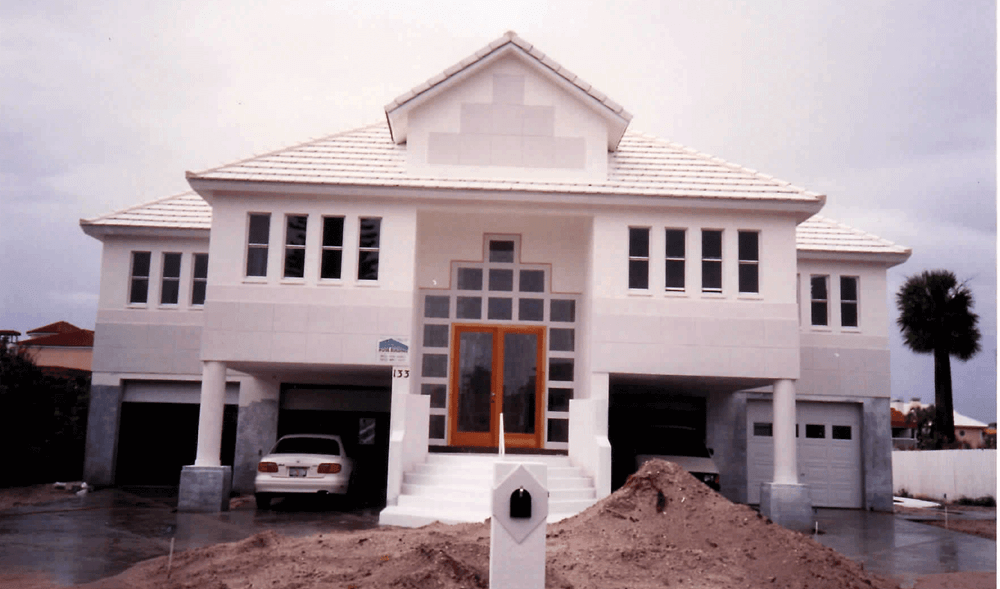
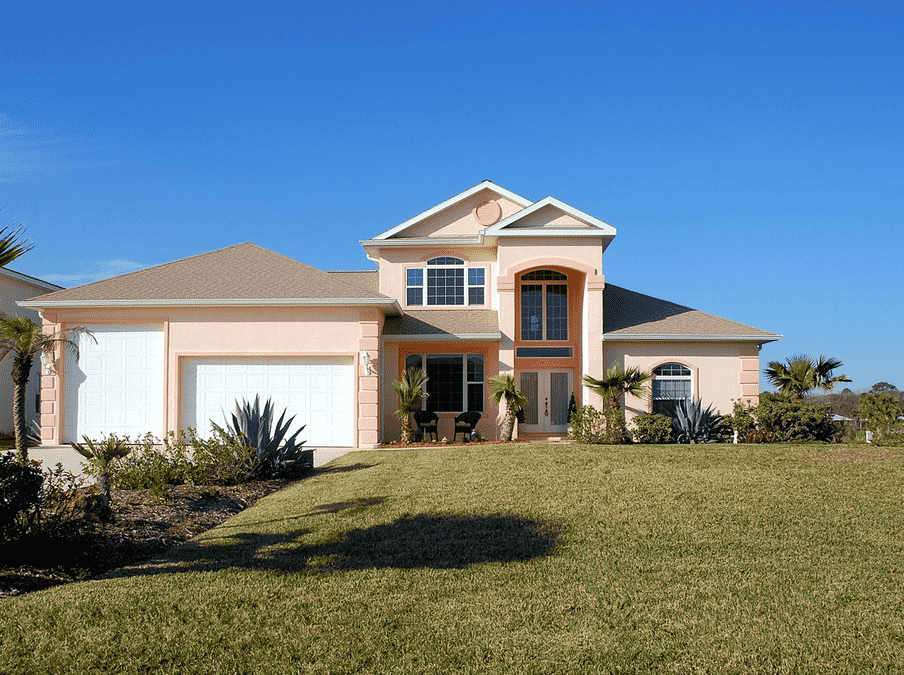
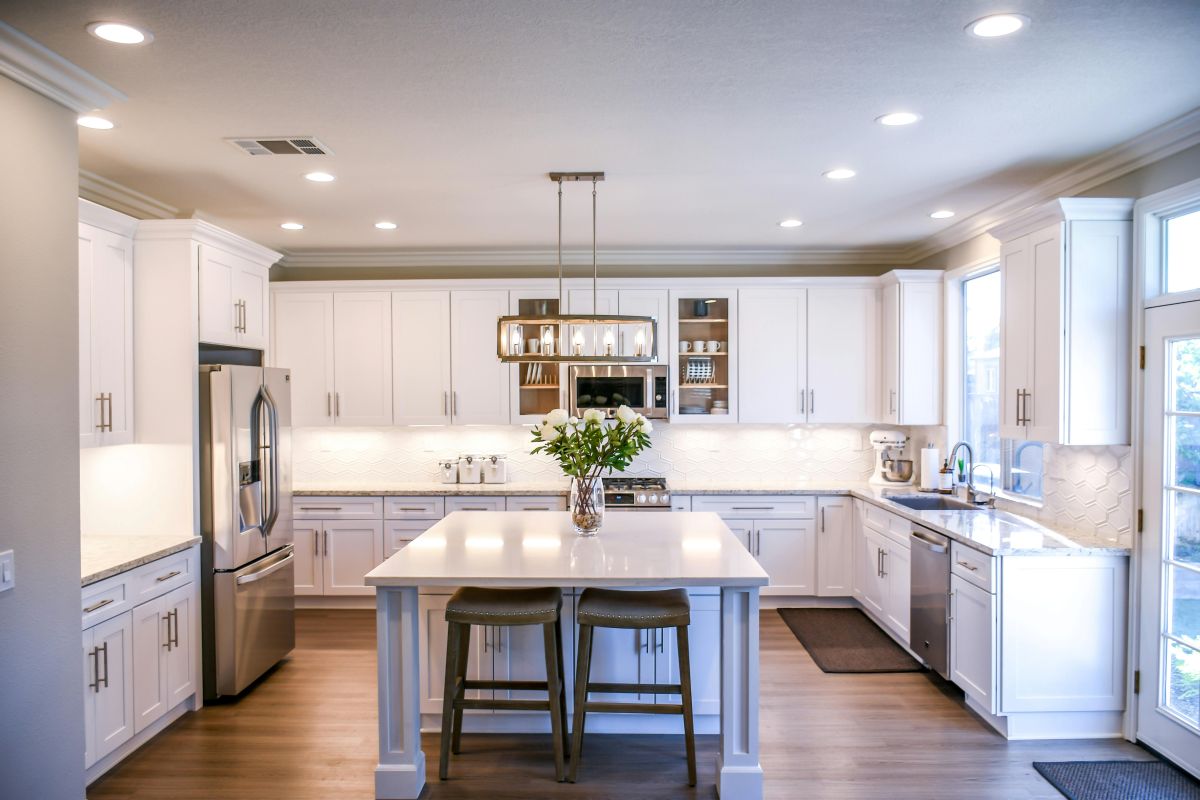
.png)
